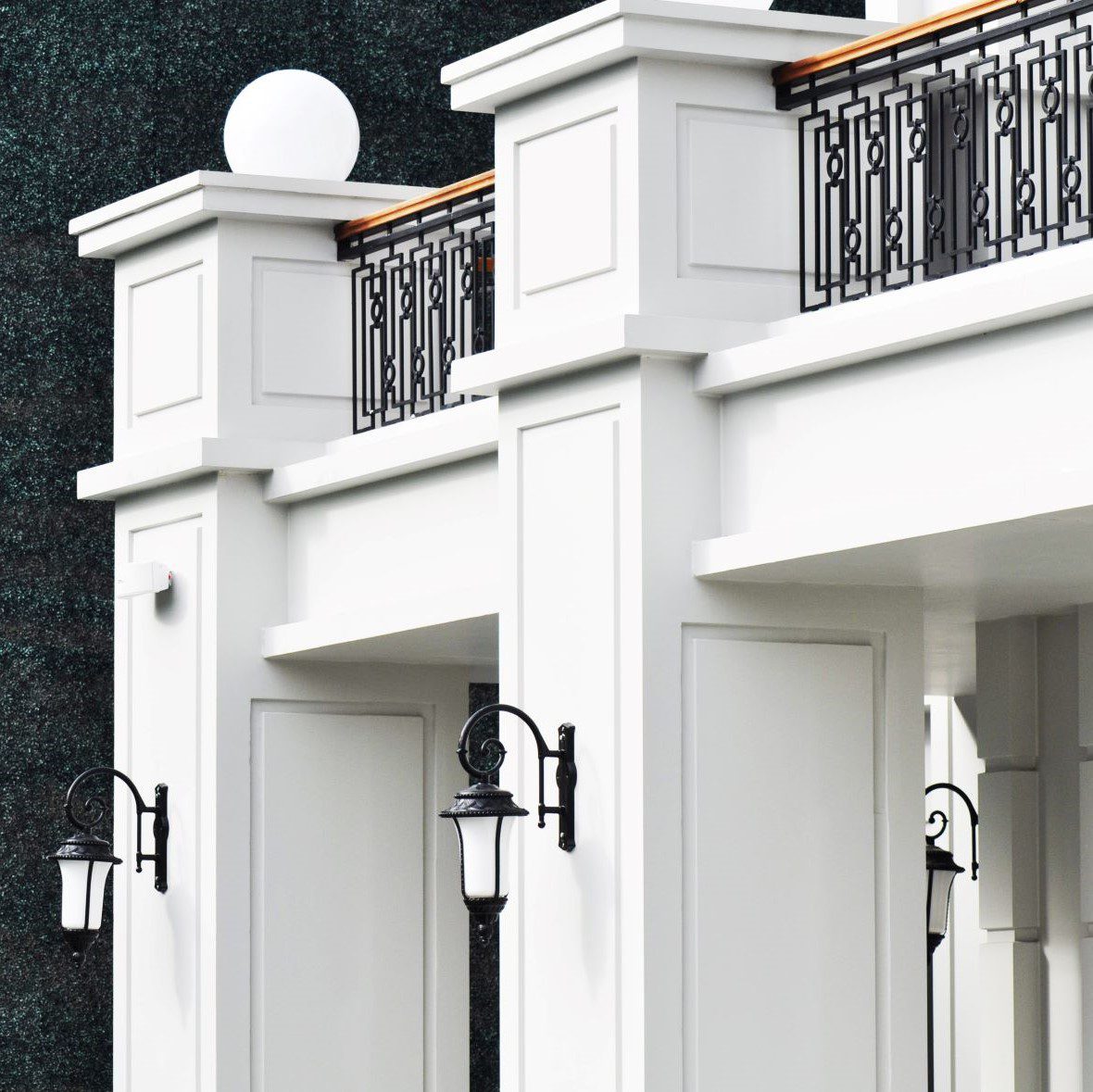
precast facade grc concrete
What is precast facade grc concrete?
What is precast facade grc concrete? The question is of great importance in terms of explaining the application of precast elements on the facade. Precast is also known as gfrc (glassfibre reinforced concrete). It is alkali resistant glass fiber reinforced concrete. Concrete gains strength and flexibility. In addition, its structure is strengthened by adding chemicals. It is formed by adding alkali resistant fiber into the concrete mortar. Which is prepared beforehand or spraying it into the mold. GFRC concrete elements are made with mechanical assembly on the facade.
What is precast grc? What’s In It?
Alkali resistant glass fiber is the most important component. Provides the elasticity and the bond between the components. Alkali resistant fiber must contain more than 16.5% zirconium. It produces alkali in its body during concrete production. If the fiber is not alkali resistant, it will melt and disappear. We’re monitoring day by day in the 28-day setting period. This situation causes the precast grc concrete element to be unreinforced. In addition, it causes a high rate of voids in it. Concrete with voids is prone to cracking and breaking. Therefore, Fiberton uses fibers containing 16.5% and above zirconium in accordance with international quality standards. Precast facade concrete consists of white portland cement, high silica content silica sand and water, except fiber. Plasticizers and other chemical substances can also be used according to the size. Or physical strength determined by static calculations.
How is precast facade concrete produced?
There are two construction methodologies in the production of precast concrete. These; premix and spray systems. The components used in both systems are basically the same. However, if the blend is made with fiber, it should be called premix. If it is added to the mold while spraying, it should be called spray. In cases where spray production cannot be applied, the premix method is preferred. For example, the use of double molds, the production of solid elements, etc. Click the link for more information.
What is precast grc concrete? – What are the Types of Molds Used?
In the production, it is very important to determine the type of formwork. Therefore, it is necessary to choose the molds according to the textures of concrete elements. But also, their shape and the number of castings. Silicone or rubber mold should be preferred for decorative concrete elements. In the more flat-form precast grc concrete elements, polyester mold is used in case the number of castings is high. In cases where the number of castings is low, wooden molds are generally preferred.
Precast gfrc concrete connection types
Generally, pad (min 8mm solid steel) or carcass (box profile with min 2.5 mm wall thickness) are preferred as connection type. The connection details of the project should be determined according to the precast grc concrete element. However, it is also necessary to look at static verifications. Flexible rods called pads transfer the load on them during an earthquake and allow the panel to move as planned. Depending on the situation, it is necessary to decide whether to use a carcass or just a pad. In precast grc concrete elements that have difficulty in assembly, multiple padding should be done and production without a carcass is required. Anchors and fasteners must be used in order to mechanically connect precast grc concrete elements to the main carrier in carcass production. FIBERTON makes calculations for all precast façade (grc) concrete elements and produces in accordance with international standards.
